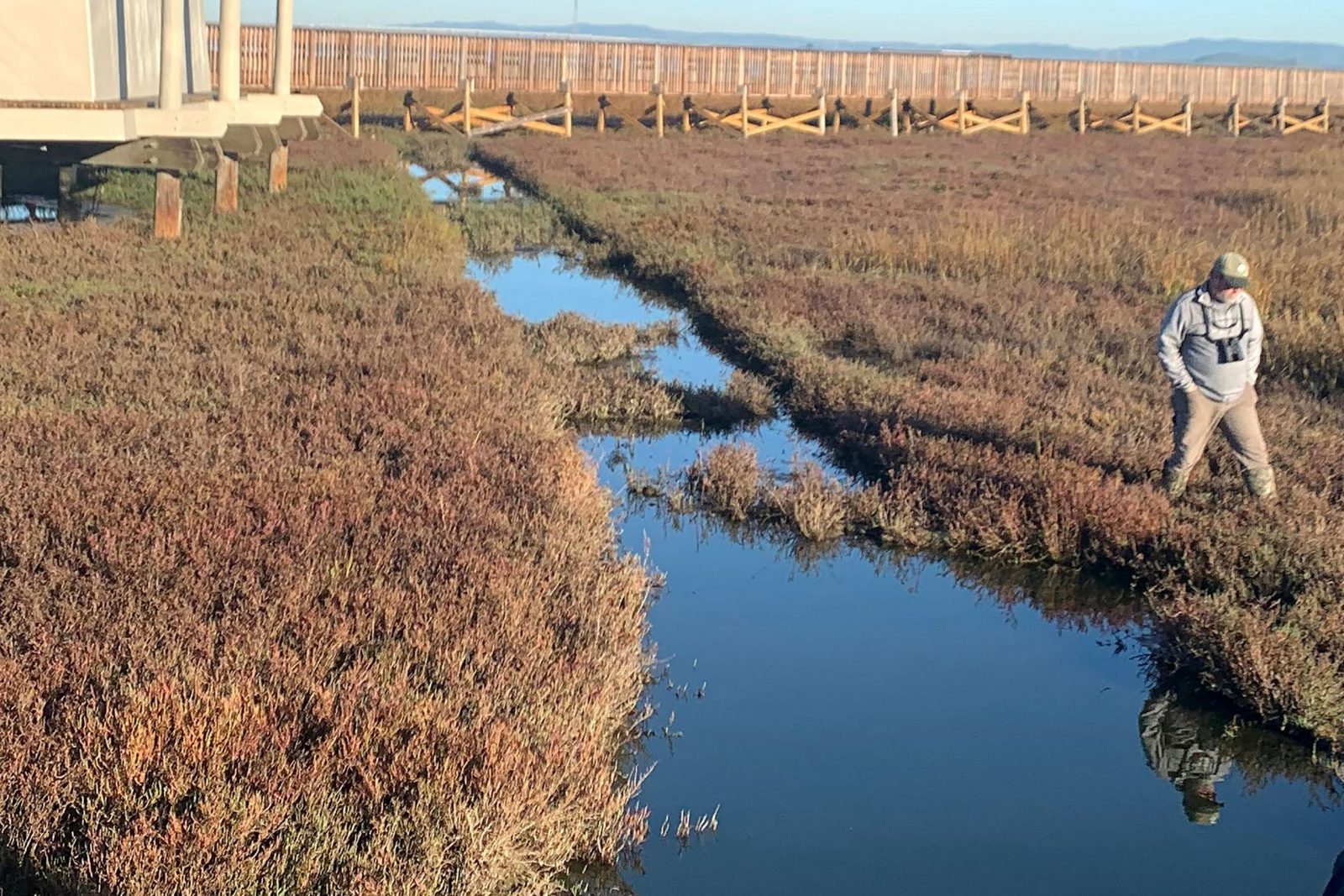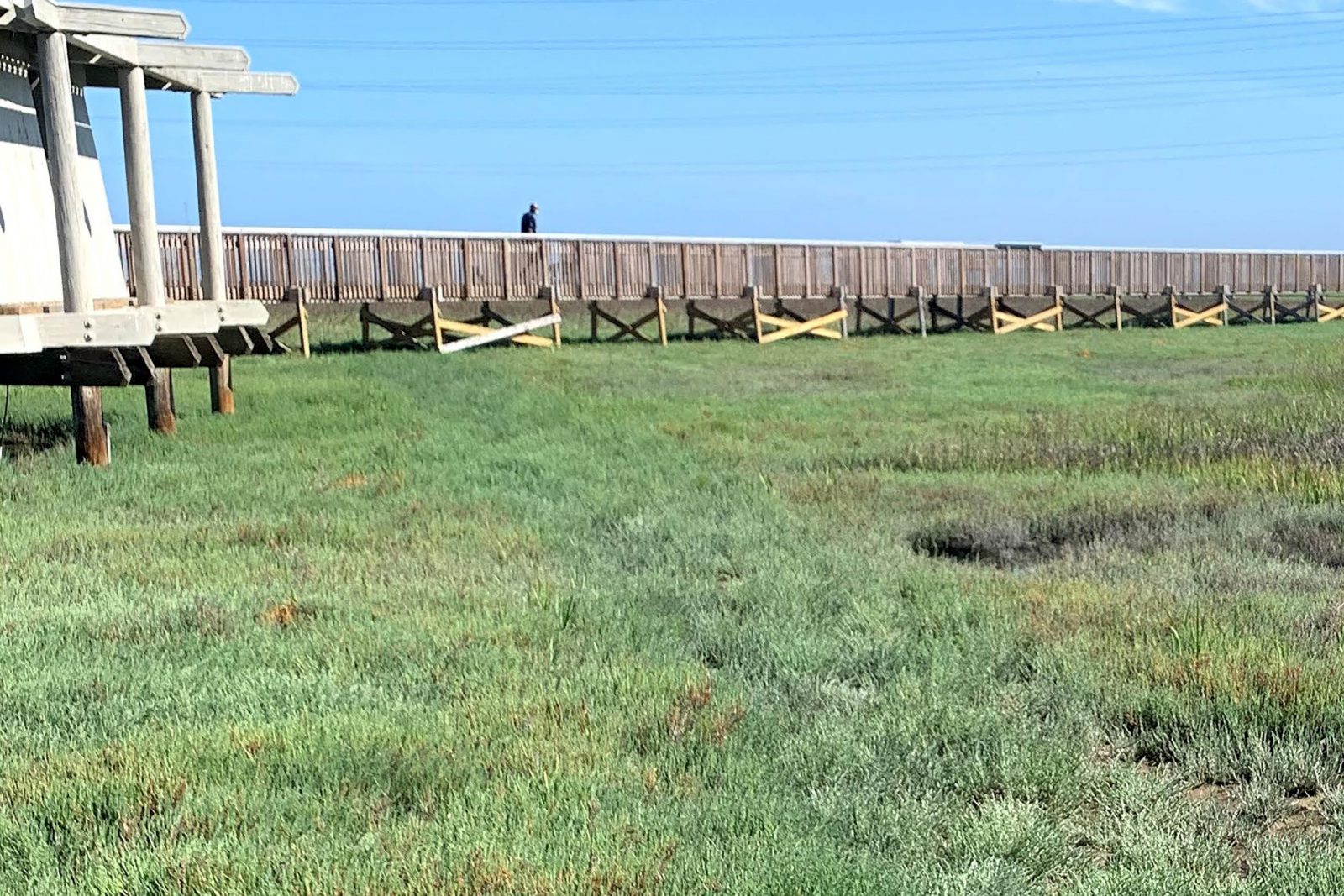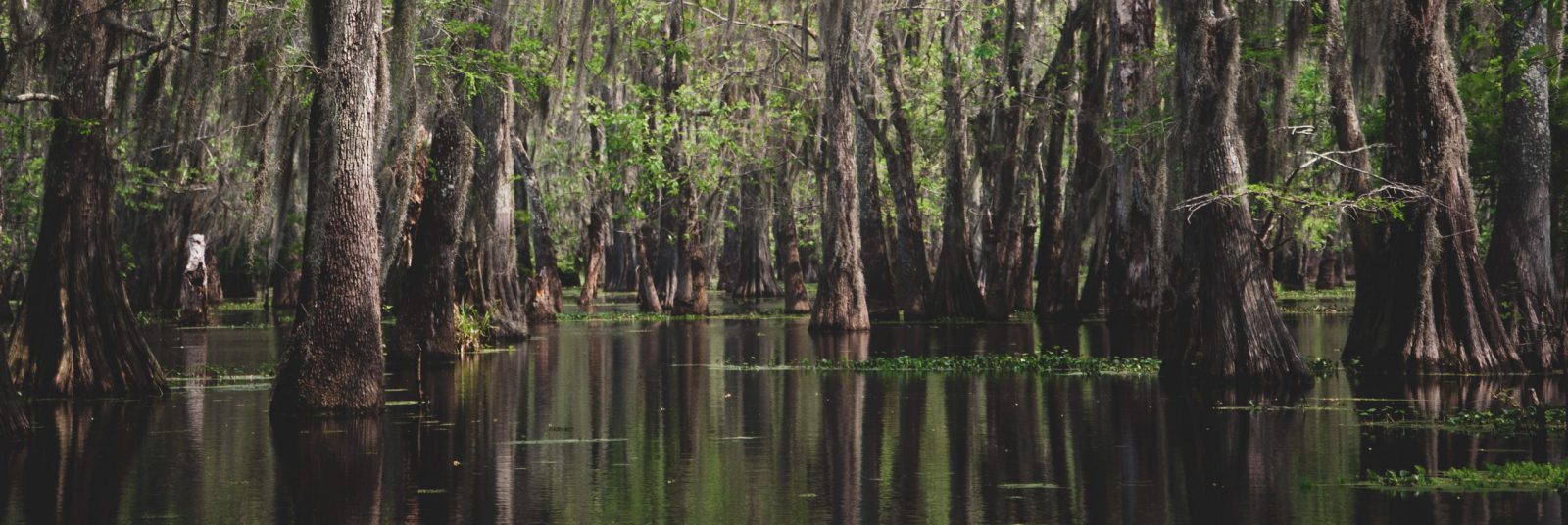
Restoring A Damaged Wetland Preserve: Proactive Wetland Management
Keeping your lakes, ponds and fisheries ecologically balanced and looking beautiful isn’t a one-time job. It requires consistent care by highly trained lake management professionals. If you wait until a problem reveals itself to take action, chances are you’ll always be playing catch-up, which is why SOLitude believes in proactive management plans to help keep water quality issues from occurring.
Below are case studies highlighting a few of our success stories involving wetland management.
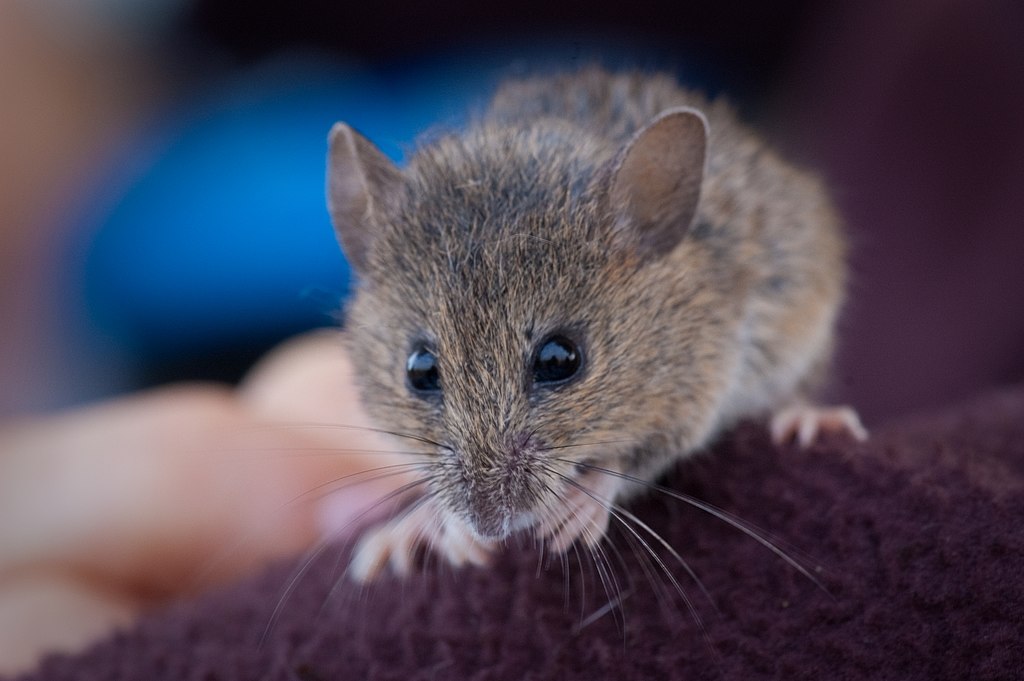
Site Description:
Location: Palo Alto, CA
This Nature Center is perched over the Baylands tidal marsh in Palo Alto, CA. The preserve is home to many species of animals, including state and federally endangered species such as the salt marsh harvest mouse, the wandering shrew, the California black rail, and the Ridgway rail. This is an extremely sensitive habitat.
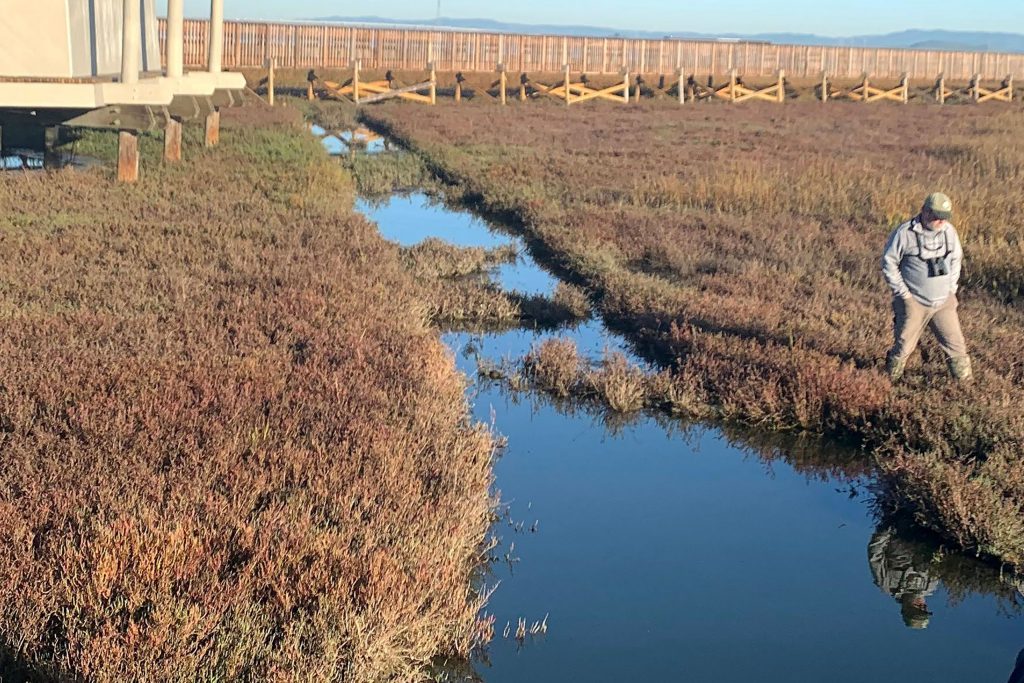
Scope of Work:
The goal of the project was to restore an area of marsh approximately 175 ft long by 10 ft wide which was damaged during the installation of a boardwalk. This undertaking would include repairing the marsh understructure, replanting native species of plants, and re-compacting the levee ingress and egress point.
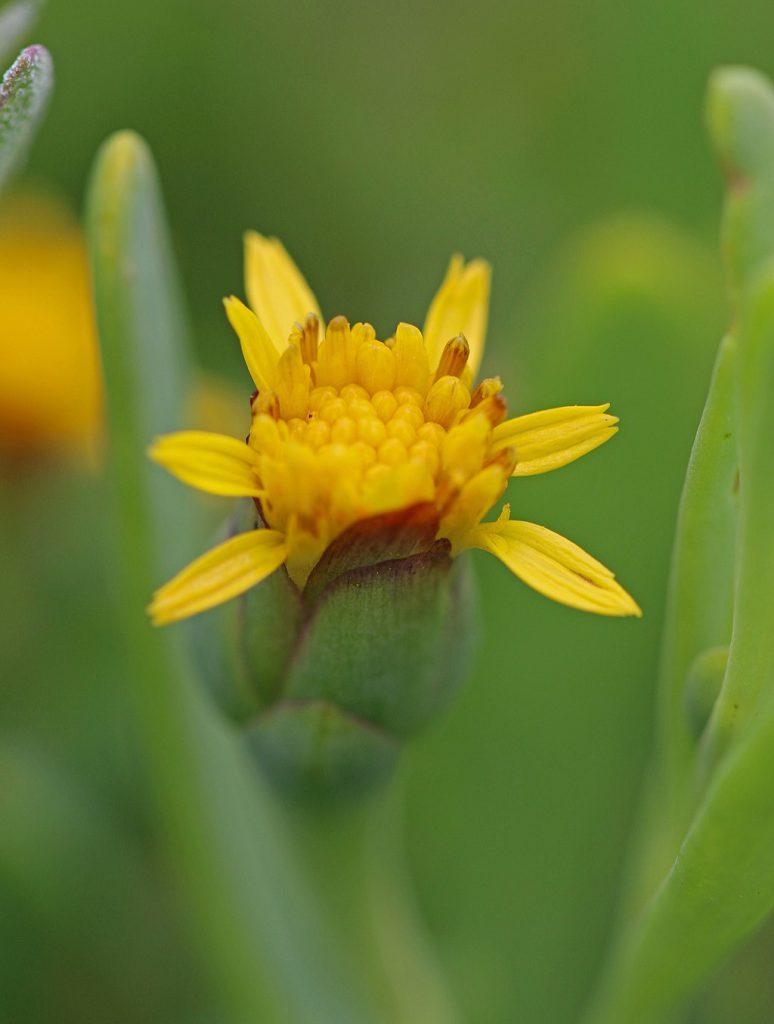
The project consisted of installing 45 cubic yards of native soil into the marsh and reshaping the damaged area. The soil had strict horticultural specifications and contaminant screening criteria. The mixed and tested soil was delivered to the onsite staging area. From there, we used our front loader to transport the material along the levee to the marsh edge. Our small excavator loaded wheelbarrows and the soil was placed in the damaged area. A land bridge with ½ plywood allowed the crew to carefully work their way out into the marsh without using equipment that might further damage the area. Once the earthwork was completed, over 800 native plants consisting of Saltgrass, Marsh Jaumea, and Perennial Pickleweed were positioned along the work area and planting began. This was done by removing one piece of plywood, planting that area, and raking the soil into a natural condition. The finished soil elevation was measured by a laser transit and set above the native marsh. This allowed for slumping and natural compaction to the surrounding elevation. Once this was completed, the levee bank was repaired and reseeded with native vegetation.
Project Description:
It is important to note that the specifications for this project were complicated and far-reaching. All work and materials were performed in compliance with Federal Endangered Species Act (FESA), the California Endangered Species Act (CESA), and California Fish and Game codes. The soil and plant specifications, as well as an onsite Biologist, were provided by an ecological consulting firm. In addition, the city’s stormwater division monitored the equipment and onsite material staging area.
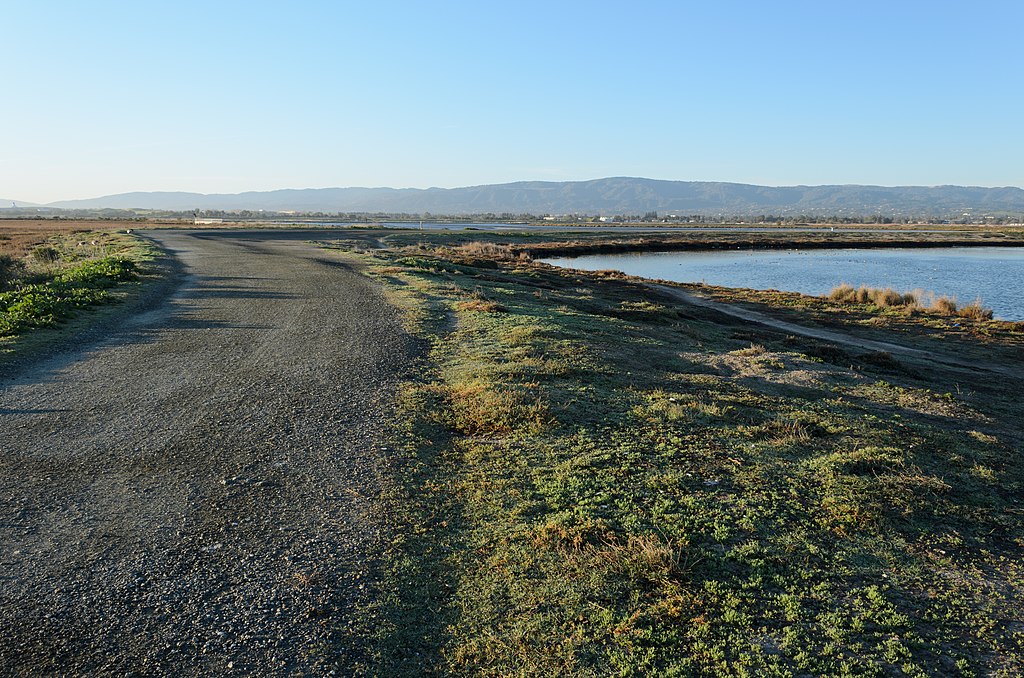
The project was completed during the month of December due to work restrictions caused by the impact on the marsh wildlife (i.e. nesting, mating, and migration factors). Because the site is a salt marsh, tides also impacted the scheduling greatly. We were restricted from entering the marsh when tide conditions reached greater than 6.8’ so our work window was quite limited. This required having all materials, supplies, and equipment onsite prior to the start of the project. Storage and delivery were coordinated with the Baylands Preserve rangers and staff. Work also had to be coordinated with the staff of the Nature Center, which held classes with children who were brought in daily from local schools. The administrative, scheduling, and material challenges made this a difficult but rewarding project.
Restoring A Damaged Wetland Preserve
